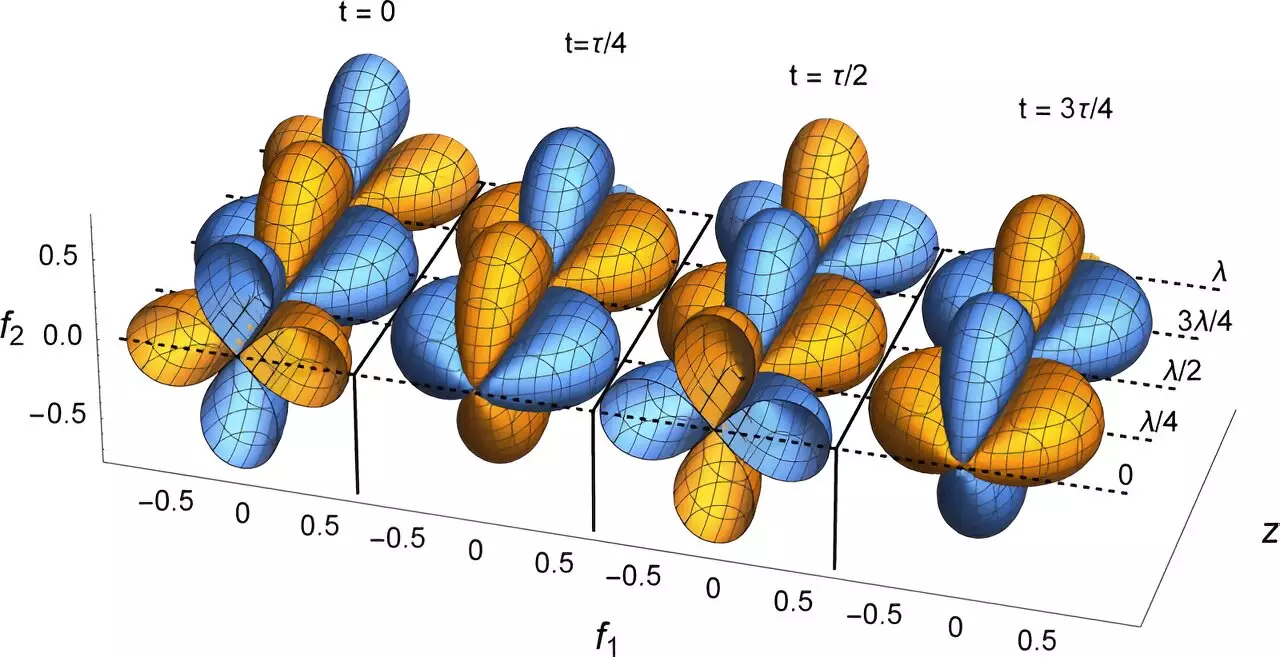The detection of gravitational waves, as predicted by Einstein in 1916, marked a revolutionary discovery in the field of astrophysics. These ripples in space-time caused by cosmic events, such as the collision of black holes, have posed a significant challenge for scientists due to their elusive nature. However, recent research conducted by a collaborative team from the Okinawa Institute for Science and Technology (OIST), the University of Tohoku, and the University of Tokyo has proposed a novel method for simulating gravitational waves using quantum condensates of cold atoms.
The observation of gravitational waves presents a complex engineering challenge, requiring the measurement of minuscule changes in distance on the scale of atomic nuclei. Despite the existence of advanced gravitational wave telescopes such as LIGO, Virgo, and KAGRA, the detection of these waves originating from violent astronomical events like black hole mergers remains limited. This limitation has led researchers to explore alternative approaches to understand and study gravitational waves.
The team of scientists focused on the behavior of cold atoms in a Bose-Einstein Condensate (BEC), specifically in a spin nematic state. While studying the quantum properties of spin nematics, the researchers discovered that the wave behavior in this condensate closely resembled that of gravitational waves. This realization opened up new possibilities for simulating and studying gravitational waves in a controlled laboratory setting, offering insights that could enhance our understanding of these elusive phenomena.
Quantum Phenomena and Gravitational Wave Simulation
The concept of bosons and the formation of BECs, as predicted by Einstein, laid the groundwork for the team’s exploration of quantum phenomena in simulating gravitational waves. The alignment of particles in a spin-nematic state mimicked the behavior of waves propagating through space-time, providing a unique opportunity to study gravitational wave analogs on Earth. This innovative approach not only simplifies the experimental process but also offers a deeper understanding of the underlying mathematical structures linking seemingly different phenomena.
The simulation of gravitational waves through quantum condensates represents a significant advancement in the field of astrophysics. By leveraging the properties of spin nematics in BECs, researchers have unlocked a new avenue for studying gravitational waves in a controlled laboratory environment. This breakthrough not only showcases the interconnectedness of various physical phenomena but also underscores the remarkable potential of quantum mechanics in providing insights into the mysteries of the universe. As Dr. Leilee Chojnacki aptly puts it, the beauty of physics lies in its ability to describe diverse phenomena through underlying mathematical structures, a sentiment echoed in this pioneering research.


Leave a Reply